Travel the Old Bolivia Trade Road
This tour starts in Santa Cruz, from where you travel long the “Old Trade Road” to Sucre, the capital of Bolivia. Along the way you will pass the place where Che Guevara got captured and shot, a village with the world’s biggest charango and the colorful indigenous market of Tarabuco.
The tour continues to Potosi, where you can visit the famous “Cerro Rico” silver mine and further to Uyuni for a tour through the surrealistic landscape of the Salar de Uyuni, an amazing experience and good place for taking unique pictures!
From La Paz you can visit the “Witches Market”, Tiahuanaco, or bike down the former “Death Road” and the last destination is Copacabana on the shore of Lake Titicaca, from where we recommend to visit and walk over Isla del Sol. According to the Inca’s this was the birth place of the sun and the moon.
Short travel itinerary Old Bolivia Trade Road:
Day 1-Saturday: Bolivia – Santa Cruz
Day 2: Santa Cruz – Eco Lodge Refugio Volcanes – NP Amboro
Day 3: Eco Lodge Refugio Volcanes – Samaipata
Day 4: Samaipata – Condor Hike
Day 5: Waterfall – Samaipata
Day 6: Samaipata – Parque Amboro
Day 7: Samaipata – Old Trade Route – Che Guevara – La Higuera
Day 8: La Higuera – Rio Grande – Villa Serrano
Day 9-Sunday: Villa Serrano – Tarabuco – Sucre
Day 10: Sucre (2790m)
Day 11: Sucre (Cordillera de los Frailes)
Day 12: Sucre – Potosi
Day 13: Potosi – Cerro Rico – Uyuni
Day 14: Uyuni – Salar de Uyuni Tour
Day 15: Salar de Uyuni tour – Laguna Colorada
Day 16: Third day of the Salar Tour – La Paz
Day 17: La Paz.
Day 18: La Paz
Day 19: La Paz – Copacabana
Day 20: Copacabana (Isla del Sol)
Day 21: Copacabana – La Paz
Day 22: The End
Optional: to extend this tour with an excursion to the Amazon Rainforest.
Full itinerary of travel the Old Bolivia Trade Road
Day 1: Bolivia - Santa Cruz
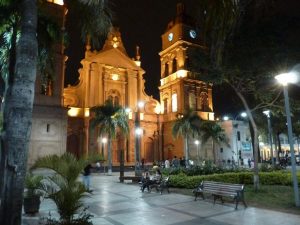 Arrive in Santa Cruz and transfer to your hotel in the center of Santa Cruz.
Arrive in Santa Cruz and transfer to your hotel in the center of Santa Cruz.Santa Cruz is a modern fast growing city and one of the biggest in Bolivia. Although walking through the city center it feels more like you are walking in an average town. The reason for this is because the infrastructure of Santa Cruz as a town like it was 40 years ago, couldn’t keep up with the fast growing amount of inhabitants. The town of Santa Cruz is now kind of an island in the middle of the fast expanding suburbs of ‘new Santa Cruz’.
Day 2: Santa Cruz – Eco Lodge Refugio Volcanes – NP Amboro
Today you travel by private transport from Santa Cruz to Ecolodge Refugio Volcanes in the direction of Samaipata and at the edge of Amboro National Park.
In the afternoon you can join a guided hike, with a local Spanish speaking guide, through the National Park of Amboro. This nature reserve (4,425 km² or (1,709 sq mi), in central Bolivia isn’t very well known yet, but is home to over 3000 species of plants, 800 species of birds and 125 species of mammals, including the ocelot, puma and spectacle bear.
Day 3: Eco Lodge Refugio Volcanes - Samaipata
Day 4: Samaipata – Condor Hike
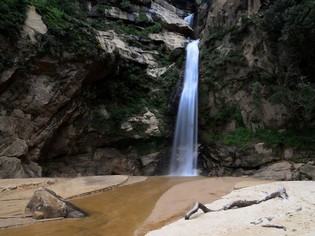
After a good breakfast you start a two days hike through the beautiful surrounding of non-touristic Bolivia and the home land of the mythical condor.
The hike ends today at the pretty waterfall of Pajcha, where you will camp in tents, cook dinner on a campfire and fall asleep with the noise of falling water.
Day 5: Waterfall – Samaipata
After lunch you will hike and drive back to Samaipata.
Note: Depending on the weather the itinerary of the hike could change.
Day 6: Samaipata – Parque Amboro
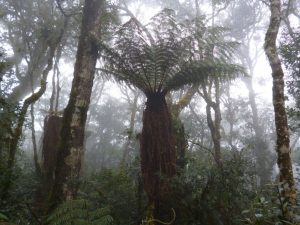 For today we have planned another adventures hike (6h) through Parque Amboro, this time with an ascent into the cloud forest up to 2400m to see the giant ferns of more than 7 meters high! Walking through this forest you feel like a dwarf in a fairytale.
For today we have planned another adventures hike (6h) through Parque Amboro, this time with an ascent into the cloud forest up to 2400m to see the giant ferns of more than 7 meters high! Walking through this forest you feel like a dwarf in a fairytale.Day 7: Old Trade Route – Che Guevara – La Higuera
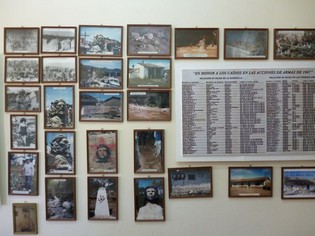
Time to leave the countryside of Samaipata, to get in a 4×4 and follow the “Old Trade Road”. Ones this was the most important road between Sucre (the capital of Bolivia), Santa Cruz and the Amazon jungle. But a new and faster road, took away most of the traffic and importance of this old route. Nevertheless, the views along this old route are still stunning and if that isn’t enough reason to travel along this way, then it’s historical connection to the charismatic Che Guevara might be another reason.
On your way to the village of La Higuera you will make a stop in Vallegrande. This town became famous for showing the death body of Che Guevara to the world press…
You will visit the clinic where his body was cleaned before showing it to the press. The cleaning table and room are now filled with ‘graffiti’ from people who want to honor Che and/ or the revolution. At the end of the day you arrive in the tiny village of La Higuera. This village has still (in 2016) no electricity and the charming rustic hostel Posada de Telegrafista, is the only place in town with warm showers.
Day 8: La Higuera – Rio Grande – Villa Serrano
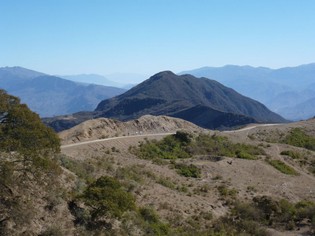
The small village where maybe 12 families live, became ‘famous’ when the news got out that Che Guevara was shot to death in their small school building after he got injured and captured during his last fight in a narrow canyon not far from the village.
Before or on your way to Villa Serrano you can choose to hike down to the canyon (only 3h to go down and up again); go (optional) 25 km down by mountain bike towards Rio Grande, or to visit a hidden 70m high waterfall in Nuevo Mundo on the way to Villa Serrano.
Along the quite dirt road to Villa Serrano you will appreciate a constant changing landscape consisting of earth colored mountains, dry forest, a river, a desert filled with cactuses and even green forest.
You will arrive early in the evening in Villa Serrano. This town is known for being home to the biggest working charango in the world (you can look it up in the Guinness Book of records!).
Day 9: Villa Serrano – Tarabuco – Sucre
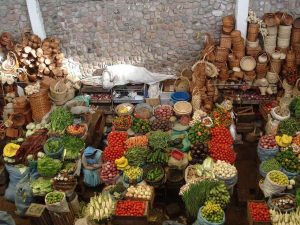 Today you get up very early to drive to Tarabuco and visit the famous colorful indigenous and tourist market. This is a great place to buy original souvenirs and ask permission to make beautiful pictures of the traditional clothes and hats from the citizens of Tarabuco and the surrounding villages.
Today you get up very early to drive to Tarabuco and visit the famous colorful indigenous and tourist market. This is a great place to buy original souvenirs and ask permission to make beautiful pictures of the traditional clothes and hats from the citizens of Tarabuco and the surrounding villages.From Tarabuco it takes a little more than an hour to arrive in Sucre, the end of the old trade road.
Day 10: Sucre (2790m)
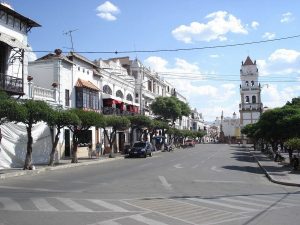 When you come to Bolivia, you most certainly want to visit the capital Sucre, the “white” city. The centre is beautiful with its white painted, pristine Spanish colonial houses and State buildings. The setting as well is excellent, close to the mountains of the Cordillera de los Frailes.
When you come to Bolivia, you most certainly want to visit the capital Sucre, the “white” city. The centre is beautiful with its white painted, pristine Spanish colonial houses and State buildings. The setting as well is excellent, close to the mountains of the Cordillera de los Frailes.Today you have a free day in Sucre to walk around, explore the city, visit the museums, churches, or have a look at the ancient old fossils of dinosaurian footprints.
Day 11: Sucre (Cordillera de los Frailes)
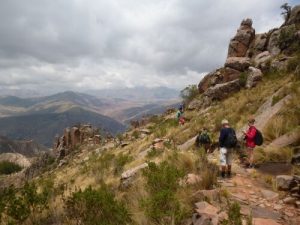 Sucre is a great city with many things to see and do, but for today we have already included to join a spectacular hike in the surroundings of Sucre. This hike is called the Full Day Rockpaintings Hike. The hiking starts at about an hour from Sucre, passing the chapel of Chataquila at 3.665m. We follow the rim of theRockpaintings Hike in Sucre, Bolivia “Cordillera de los Frailes”.
Sucre is a great city with many things to see and do, but for today we have already included to join a spectacular hike in the surroundings of Sucre. This hike is called the Full Day Rockpaintings Hike. The hiking starts at about an hour from Sucre, passing the chapel of Chataquila at 3.665m. We follow the rim of theRockpaintings Hike in Sucre, Bolivia “Cordillera de los Frailes”.Halfway this hike you visit the rock paintings in the Caves of the Inca Machay and of the Puma. Walking down to the rock paintings will give you splendid views of the valley of the Rio Ravelo and the Crater of Maragua. After visiting the rock paintings you will walk down to a few rivers that we’ll cross and from there you go down to the village of Tumpeka. from here we drive in 2 hours back to Sucre.
Day 12: Sucre – Potosi - Cerro Rico (4060 m)
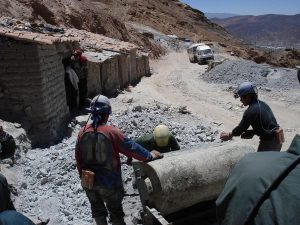 It takes about 3 hours to drive along a scenic road, through the highlands country side of Bolivia up to one of the highest cities in the world, Potosi (4060m).
It takes about 3 hours to drive along a scenic road, through the highlands country side of Bolivia up to one of the highest cities in the world, Potosi (4060m).During the golden (or better said silver) age, Potosi also belonged to one of the biggest and richest cities in the world, after Paris and New York.
This status came from the silver mine “Cerro Rico” (Rich Mountain), next to the city. The Spanish conquistadores used many slaves to extract the silver from this mountain and transport it to Spain. It was the fight over this silver where the Dutch buccaneer Piet Hein gained his biggest victory over the Spanish fleet. After arriving in Potosi you can choose to, optional: bring a visit to the interesting museum Casa de la Moneda (House of the Coin). In this building where ones the first coins of the American continent produced and the museum describes Potosì’s important part in Bolivian history.
Or to join a very recommendable excursion and bring a visit to the historical mines of Cero Rico. These mines brought wealth to Potosì and the western world, but also misery and death to about 8 million slaves. Nowadays they don’t find much silver anymore, but the mine is filled with stories and still contains many other minerals. The high metal prices and silent hope to find a new silver vein make that many men still daily enter the mines under old fashion and very basic conditions.
Day 13: Potosi – Uyuni
Tonight you sleep next to the army base and the best pizza restaurant of Bolivia.
Day 14: Uyuni – Salar de Uyuni Tour
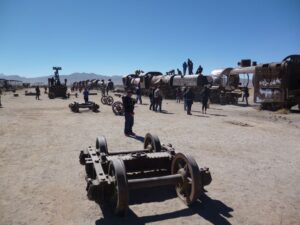 For tourists Uyuni is a dusty town with not much to see or do, but it is also the main starting point for amazing tours into the surrealistic landscape from the Salar de Uyuni.
For tourists Uyuni is a dusty town with not much to see or do, but it is also the main starting point for amazing tours into the surrealistic landscape from the Salar de Uyuni.This tour usually (in winter, June, July, August) starts at 10:30h, because of the cold in the mornings.
Below follows a general itinerary of the Salar Tour, which is subjected to changes due to unpredictable circumstances:
You drive in about 10/15 min to the “Cemetary del Trenes” (train cemetery), just outside of Uyuni. This used to be a place with just a few old locks and wagons from steel, but it has slowely turned into a small ‘play garden’ for adults and children. There is even a swing…
From here it takes around 30 min. to drive towards Colchani, the salt processing village. Here (and only here) you can buy (cheap!) many souvenirs made of salt (and other materials). Also the salt from Colchani is sold very cheap, only 15Bs for 50kg (July 2012)! Behind the little souvenirs stands you can sometimes witness a short demonstration of how they still dry and process the salt. From the village it is about 15 min. to where the little salt piles dry in the sun.
Note: The workers who make these piles do not like it when you step on their piles! The workers usually also do not want that you take pictures of them while they are working.
20 min. further is the only original Salt Hotel and international flag collection.
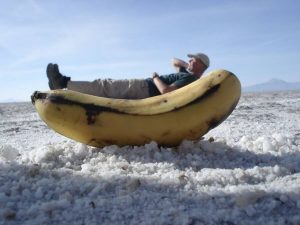
Depending on the availability you will likely sleep in the village of San Juan, about 2 hours away from the island.
Day 15: Salar tour – Laguna Colorada
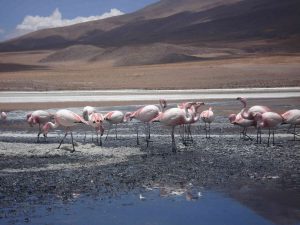 After about 45 min. from San Juan you cross the rail road, which is still used to transport gold from a nearby mine to the city of Oruro.
After about 45 min. from San Juan you cross the rail road, which is still used to transport gold from a nearby mine to the city of Oruro.The next stop is at a viewpoint from where you can see the Ollagüe Volcano (5800 m). The biggest part of this volcano lies in Bolivia, but the smoking part is in Chile.
About 1 hour further you will reach the first lake, Laguna Cañapa with the possibility to see flamingo’s. After Cañapa you will also visit the lakes of Hedionda, and Honda. All of them are beautiful located and home to the elegant flamingo.
From the lakes you travel through the Siloli desert with a quick ‘photo-stop’ at the “Arbol de pierda” (stone tree) and final destination: Laguna Colorada.
Try to imagine a lake where the water colors blood red, dark blue, purple and white and where the shores are black with yellow/green grass. You have this in mind? Then add pink flamingos to the lake and lama’s to the shore and you get an idea of how this lake looks…
Tonight you will sleep next to this lake at an altitude of around 4200m and in the most basic hostel of our tour. Note: it can be very cold at night (-18C)!
Day 16: third day of the Salar Tour - Uyuni - La Paz
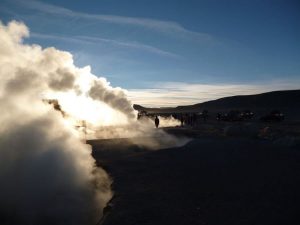 Today you have to leave very early to see the sunrise at the geysers.
Today you have to leave very early to see the sunrise at the geysers.Note: Especially during winter it can be very cold in the jeep and outside, so it is recommendable to take your sleeping bag with you in the jeep.
It takes a little more than an hour to get to the geysers and on July 27, 2012 the sun came up at 7:20am. The freezing cold in the morning makes the steam rise even higher in the light of the rising sun, a great thing to see.
The next stop is at a small natural hot spring (30 min.). Here you can go for a ‘swim’ while the cook prepares breakfast.
After breakfast you drive further to the Dali Rocks (15 min.).
From there it is about half an hour to Laguna Blanca, Laguna Verde and the Licancabur Volcano. If it is windy (often) the wind moves the water and the copper minerals which give this lake its green color. If there is no wind, you will see a beautiful reflection of the volcano in the water.
After Laguna Verde you drive back to another amazing viewpoint over Laguna Colorada.
From here you will slowly start descending again, the landscape gets a bit more green and you will pass through a pretty green valley before arriving in the village of Villamar. This is usually the place for lunch, or else at least a good place to stretch the legs and make some pictures.
From Villamar it takes about 3 hours to drive back to Uyuni.
After the tour you will have dinner in the best pizza restaurant of Bolivia, before you leave with an overnight bus (12h) to La Paz (if interested, ask for the option to go by train).
Day 17: Uyuni to La Paz
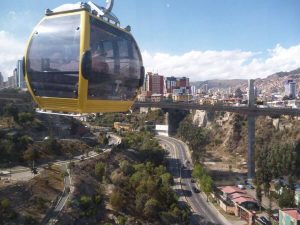 Around sunrise you drive from El Alto down into the valley of La Paz.
Around sunrise you drive from El Alto down into the valley of La Paz.‘La Paz’ translates as ‘The Peace’, but ‘The Market’ would have been a better name for this busy never sleeping city. This is one of the best places to shop for souvenirs, or maybe even buy an amulet on the mysterious witches market.
Two other recommendable options are:
To bring a visit to the pre-Inca site of Tiawanaku. It is said that the Inca’s adopted part of their building style from the Tiawanaku culture. But the culture is most known for its impressive farming methods.
Or to visit Chacaltaya (5450 m), ones the highest ski-piste in the world. The ski-piste is closed now, but the views of the surroundings are beautiful!
Day 18: La Paz
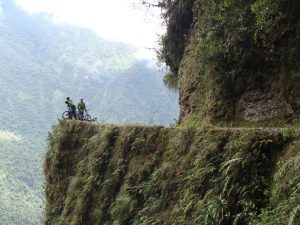 For dare devils it is an option to bike down the former most dangerous road in the world. This beautiful ride brings you from the snow capped mountains at 4700m, through the Yungas to the semi jungle of Coroico. You can also choose to make a pretty hike in a rocky valley not far from La Paz.
For dare devils it is an option to bike down the former most dangerous road in the world. This beautiful ride brings you from the snow capped mountains at 4700m, through the Yungas to the semi jungle of Coroico. You can also choose to make a pretty hike in a rocky valley not far from La Paz.Day 19: La Paz – Copacabana
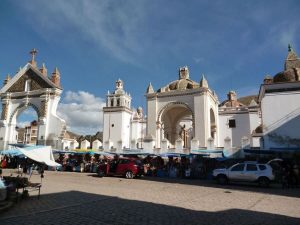 During our 4 hour trip to Copacabana we cross the smallest point of Lake Titicaca by boat.
During our 4 hour trip to Copacabana we cross the smallest point of Lake Titicaca by boat.After arriving we have the whole afternoon to explore this ‘pilgrim/ backpacker town’.
You can also decide visit the cathedral, to relax on the beach shore of Lake Titicaca or to climb the Cerro Calvario to watch a beautiful sunset.
Day 20: Copacabana (Isla del Sol)
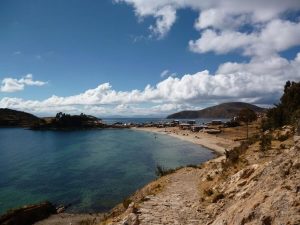 For today we have already included in your tour program to join a standard full day tour to the north and south of Isla del Sol. Additional we have also added a private English speaking guide.
For today we have already included in your tour program to join a standard full day tour to the north and south of Isla del Sol. Additional we have also added a private English speaking guide.Standard program Full Day North + South Titicaca Tour:
8:15 Am/ 8:30am leaves the boat from Copacabana towards the north part of Isla del Sol.
10:30 Am arrive on island and short walk to an archeological (Inca) site. The highlights are a Sacred Inca rock, table and small labyrinth.
From here you have to make the decision if you want to continue and hike over the ridge to the south part of the island, or to walk back to the boat. The boat leaves the north part around 13:30/ 14:00h (check times with the agency and ‘sails’ in about half an hour to the harbor in the south.
The beautiful hike with great views over the island and Lake Titicaca ends at the Inca Stairs, the ‘spring’ of the eternal youth and the harbor on the south part of the island..
The island is situated at around 3850m altitude and the highest point of the hike is around 4000m high. It takes around 3h incl. photo stops and in a normal walking tempo to hike from north to south.
Around 16:00h the boat leaves from the south towards the Inca house and later Copacabana.
Day 21: Copacabana – La Paz
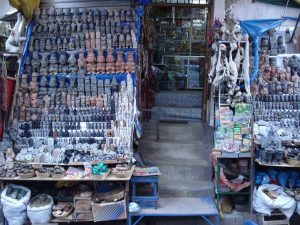 You leave in the morning from Copacabana back to La Paz.
You leave in the morning from Copacabana back to La Paz.Your free afternoon in La Paz you can use to buy your last Bolivian souvenirs and/or traditional amulets on the Whitches Market. Besides that we can also highly recommend to ‘take a ride’ in the new Teleferico above La Paz, with great views over the city, the valley and the snowcapped Cordillera Real mountain range around La Paz!
Day 22: The End
Inclusive and recommended to bring with:
This tour along the old Bolivian Trade Road includes:
– 19 Nights in basic but clean hotels and hostels + one nights in tents and one night is a bus
– Transport in public busses, auto´s and 4×4 jeeps, depending on the route
– Guided hikes (Spanish speaking guide) in Parque Ambora and the surroundings of Samaipata
– A visit to the market of Tarabuco
– All short transfers with private transport
– A full day Rockpaintings hike, with English speaking guide
– A 3 day tour through the Salar de Uyuni, inclusive, transport, entrance fees and meals
– A standard Full Day tour to the north and south of Isla del Sol, incl. a private English speaking guide, excl. entrance fees
– A 24/h emergency contact
The tour price doesn’t include:
– Flights and airport taxes
– Optional excursions
– Food drinks and other personal expenses, unless written different
– Tips (in restaurants, for guides, drivers and more) during the tour
– Additional price for one person a room.
– All things not mentioned in the tour above
– Obligated travel and health insurance
We recommend you to check the local visa and vaccination obligations.
We recommend you to bring at least with:
– Valid identification and travel documents and when needed a valid visa
– The information of your travel insurance
– Valid vaccinations, ask you countries health centre for more information
– A good backpack, or big sport-bag, preferable no hard suitcase
– A small day (back)pack
– Good shoes
– Sandals
– A warm jacket/ fleece
– A rain jacket/ poncho
– Two warm sweaters
– Three light trousers
– Two pair of shorts
– 4 T-shirts
– A flashlight
– Something to be able to back-up your photos
– Protection against the sun and mosquito’s

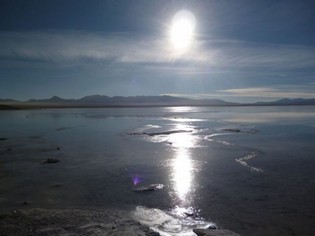
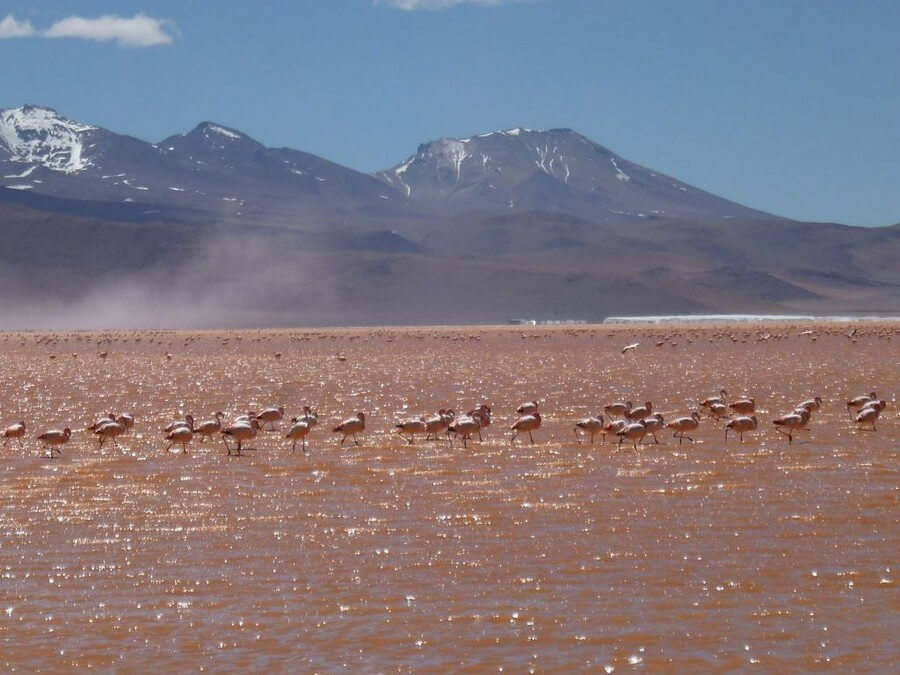
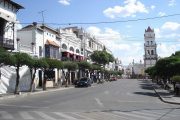
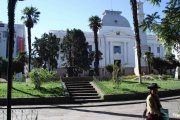
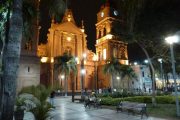
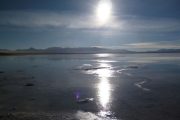
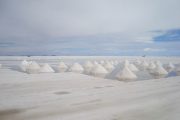
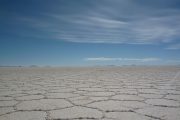
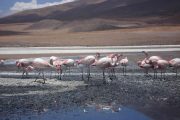
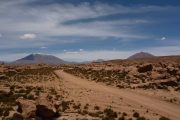
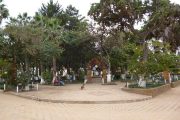
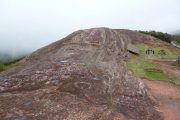
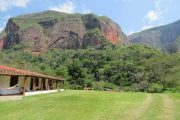
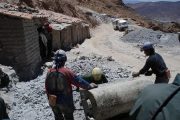
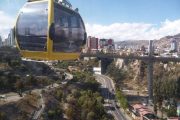
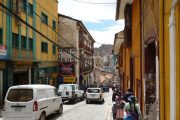
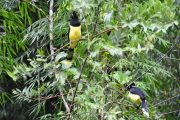
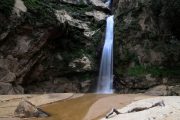
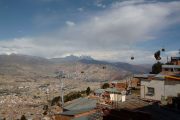
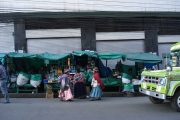
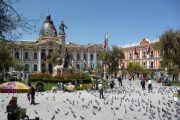
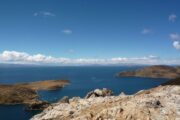
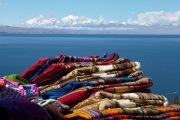
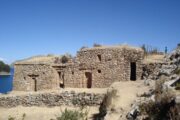
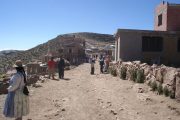
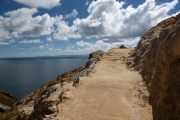
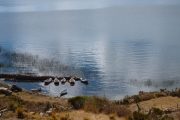
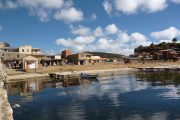
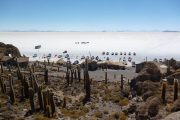
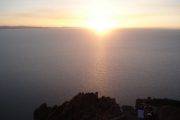
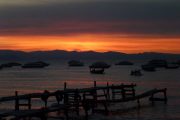
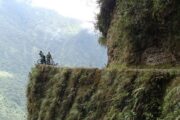
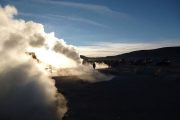
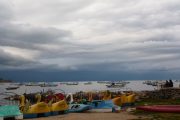
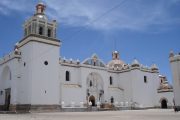
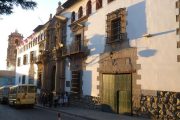
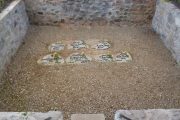
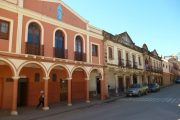
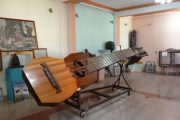
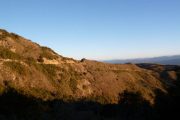
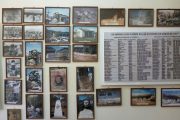
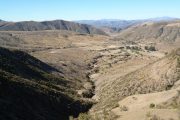
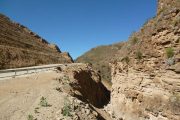
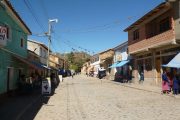
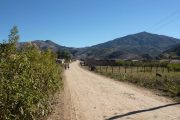
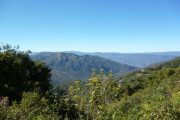
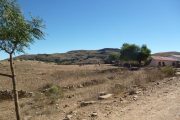
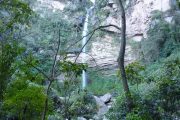
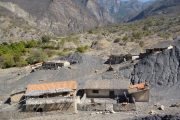
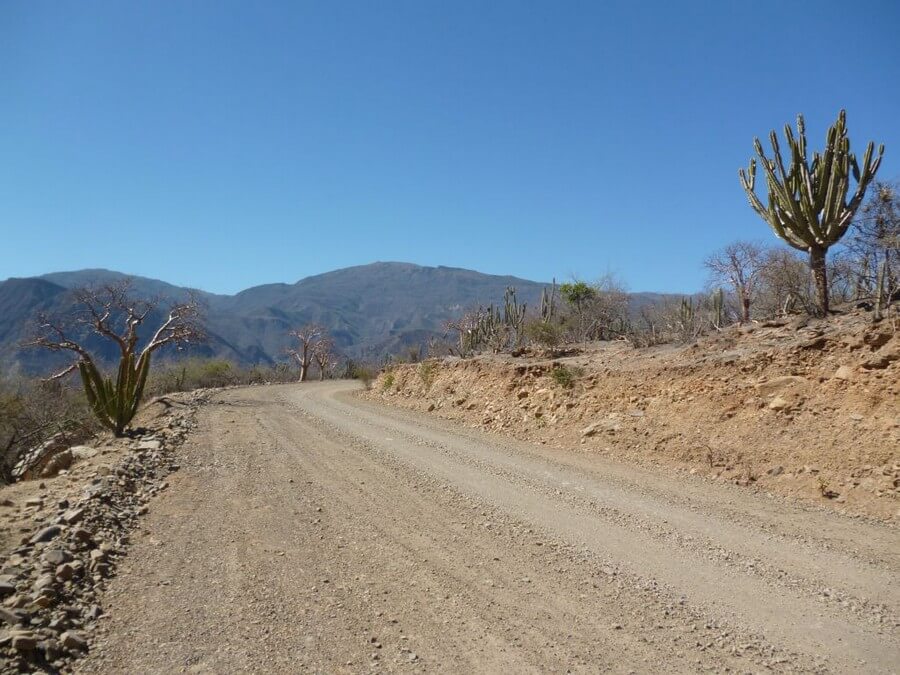
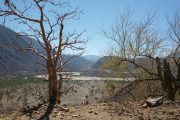
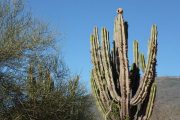
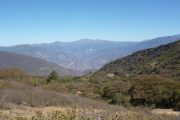
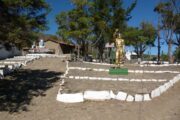
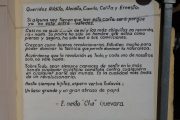
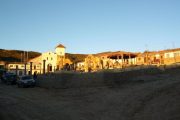
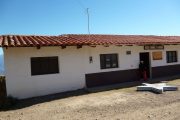
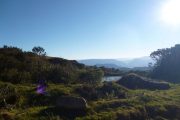
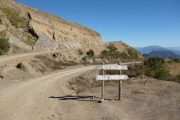
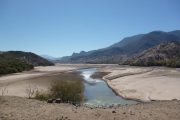
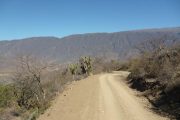
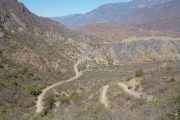
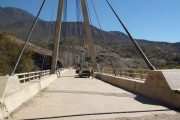
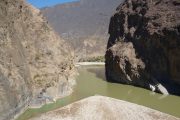
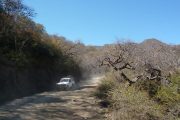
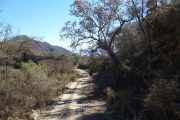

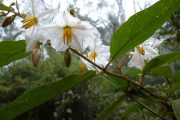
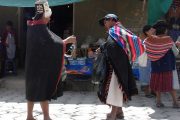
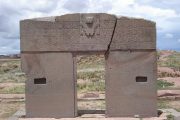
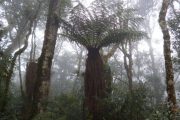
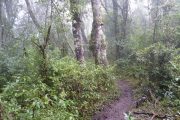
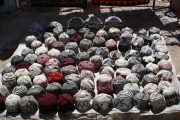
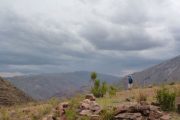
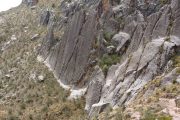
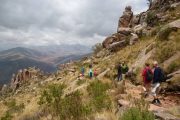
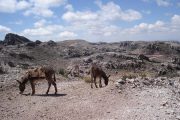
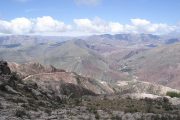
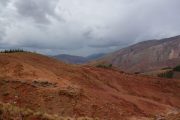
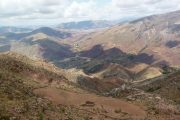
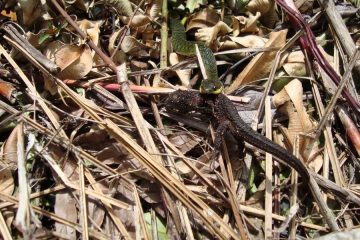
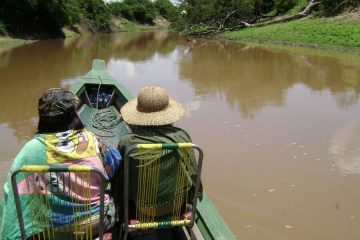
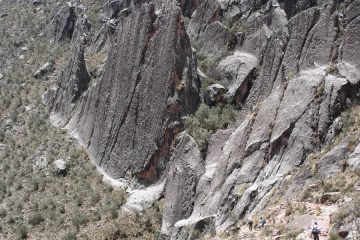


Tour Reviews
There are no reviews yet.
Leave a Review